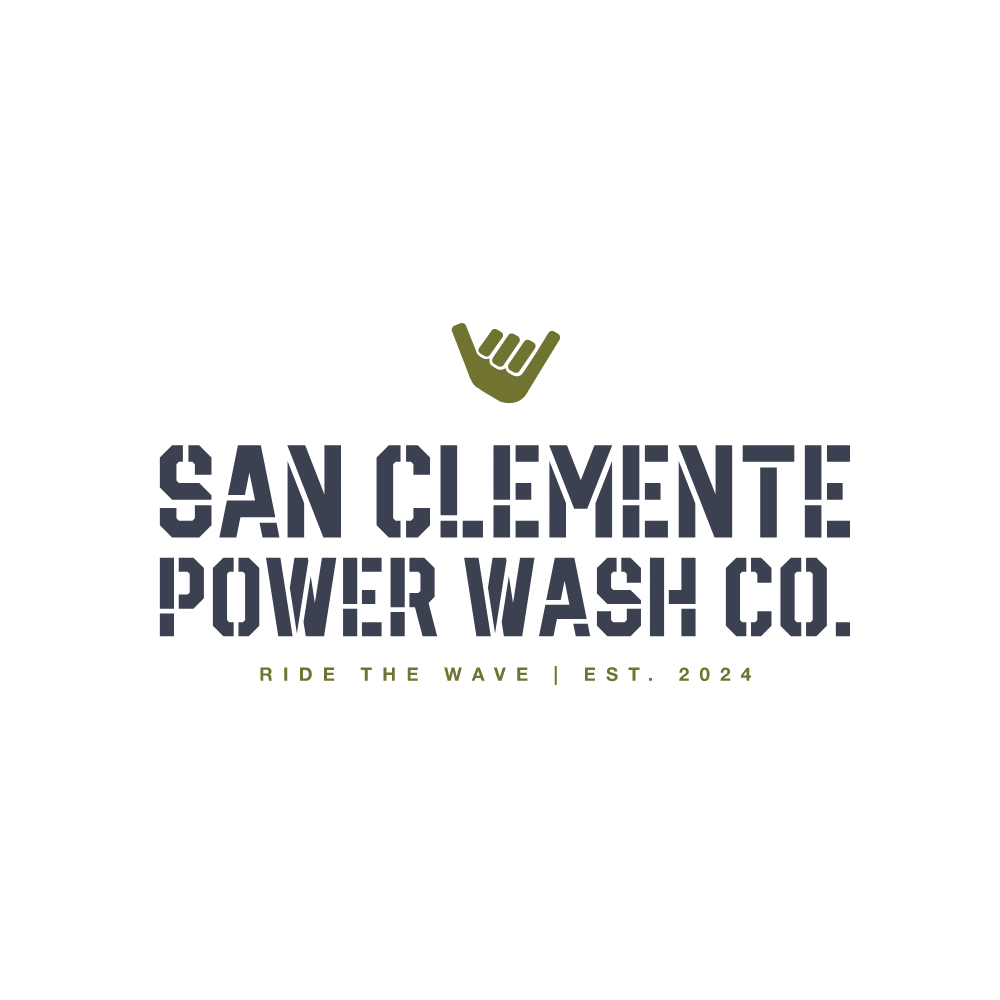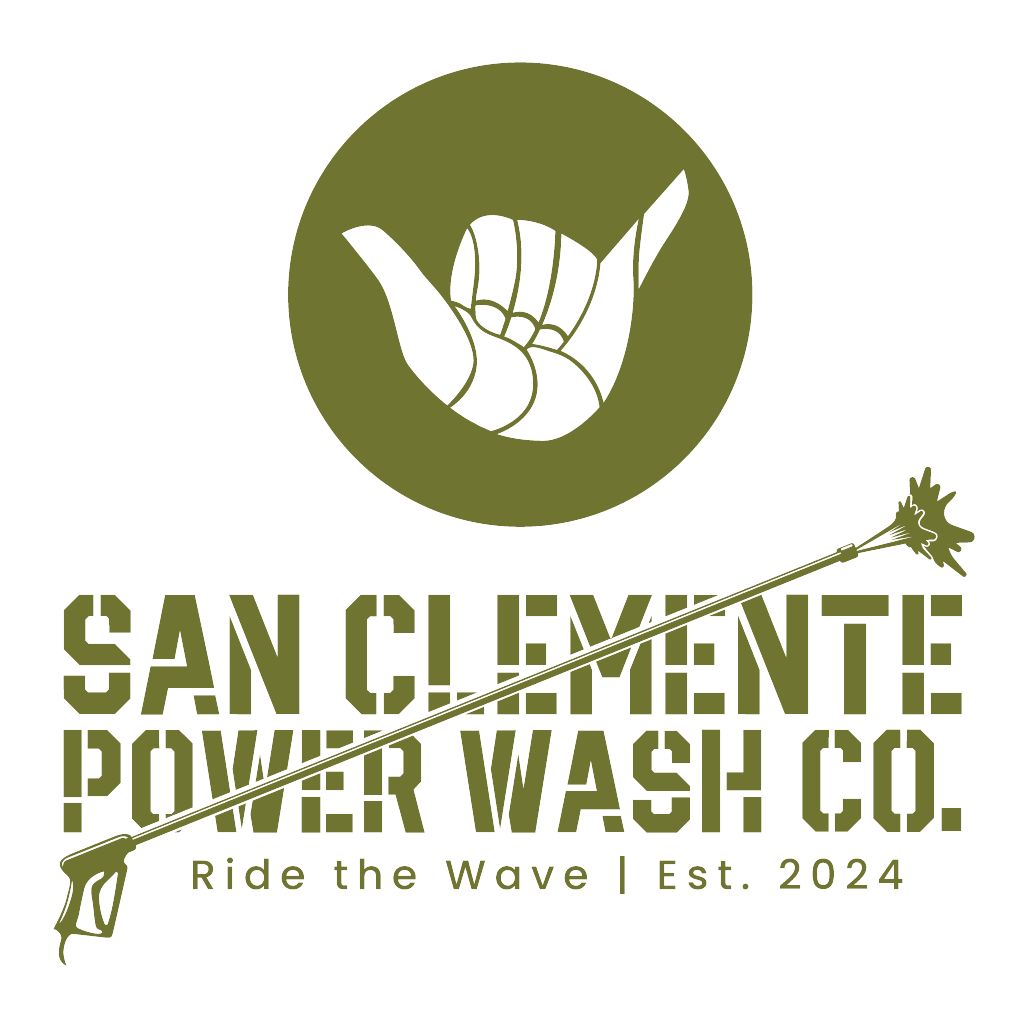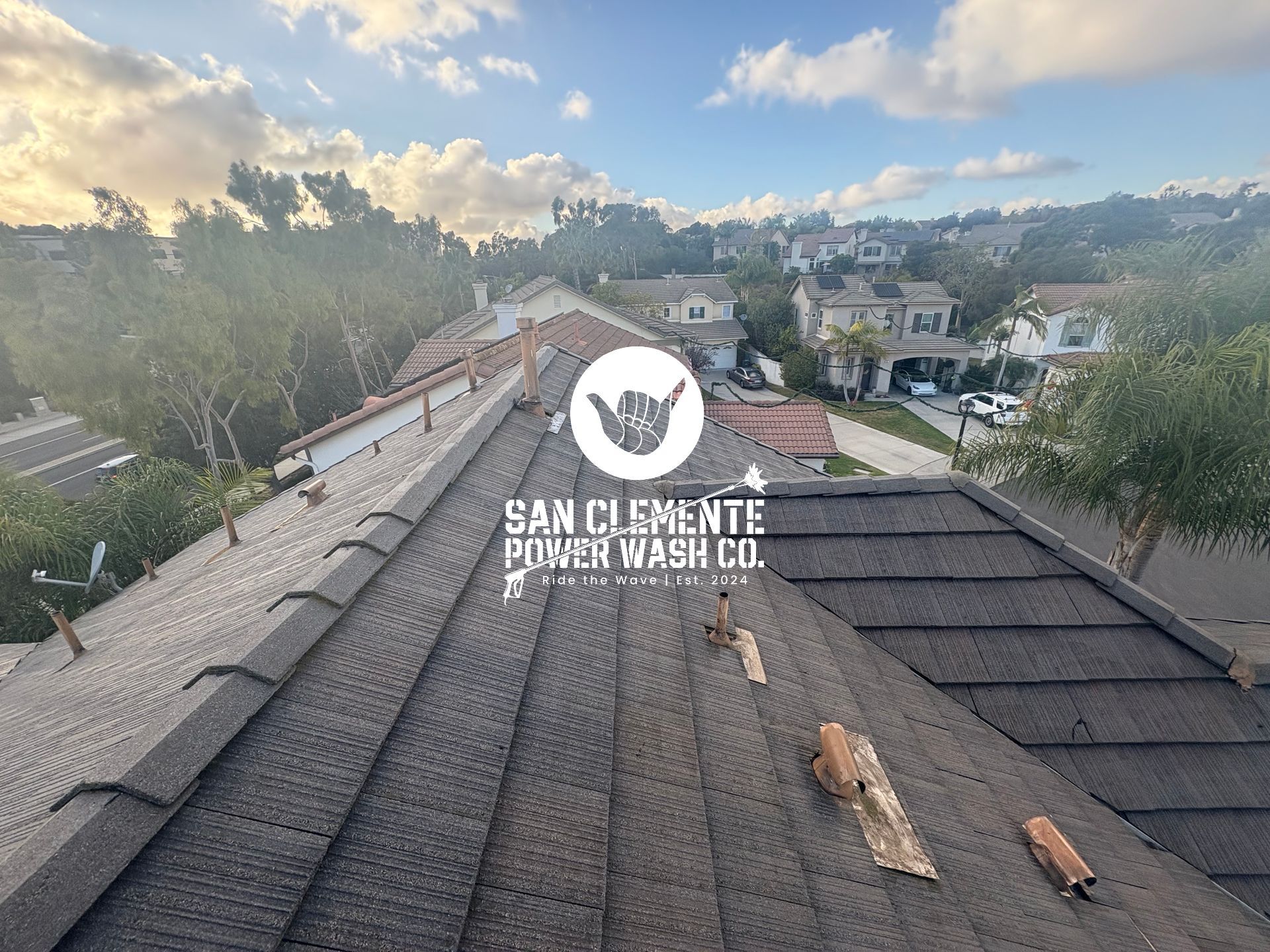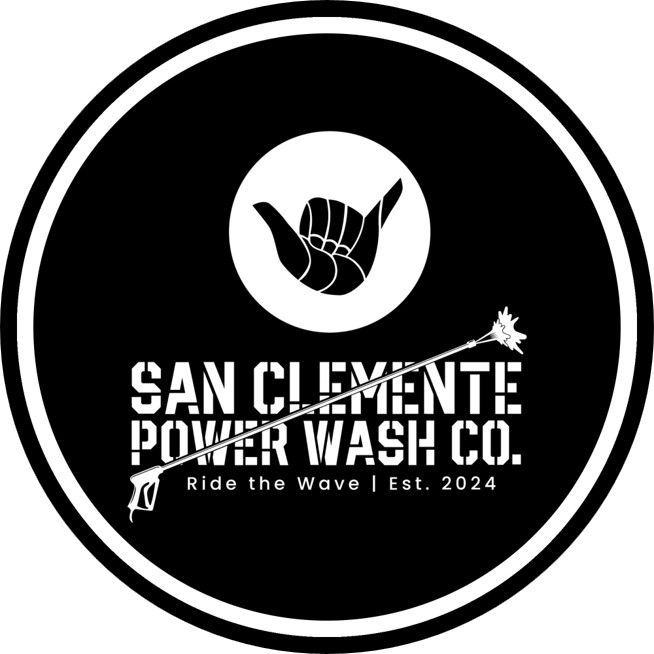The Definitive Guide to Soft Washing vs. Pressure Washing
Soft Washing vs. Pressure Washing
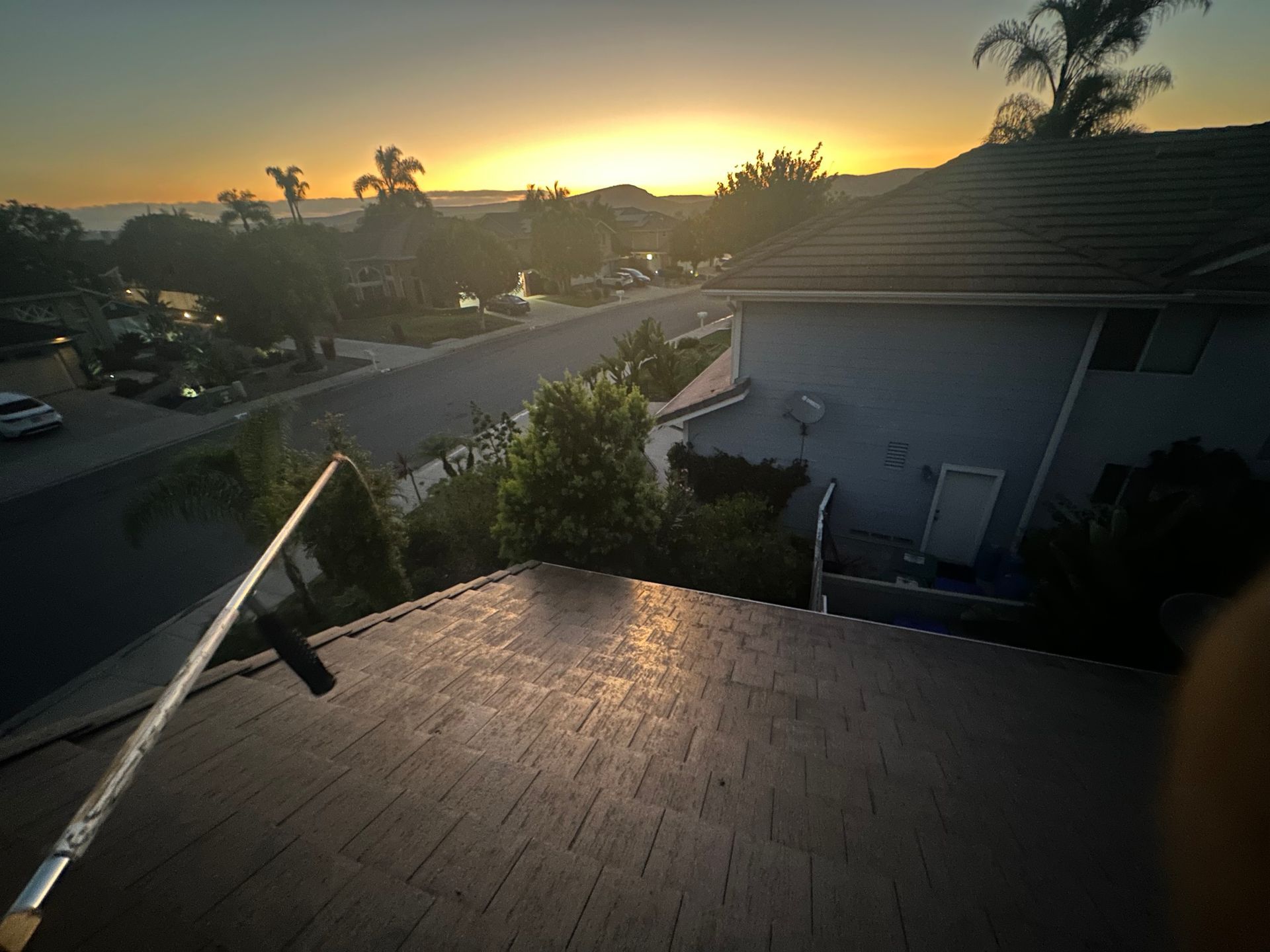
The choice between soft washing and pressure washing hinges on the specific project and what surface you need to clean. The main difference between pressure washing and soft washing is the applied level of pressure. Pressure washing uses high-pressure water jets to remove dirt and grime, while soft washing employs a low-pressure power washer combined with cleaning solutions to effectively clean various surfaces.
Soft Washing "At-a-Glance"
- Method: Soft washing utilizes low-pressure power washers combined with biodegradable cleaning solutions.
- Purpose: It effectively removes biological elements (such as mold, algae, pollen, dirt, and moss) and other stains without damaging surfaces or harming plants.
- Ideal Surfaces: Soft washing is suitable for delicate areas like roofs, decks, patios, siding, and fences. It also helps maintain paint and masonry.
- Strengths: Gentle, thorough cleaning; longer-lasting results.
- Considerations: Soft washing won’t address underlying issues like mold or algae.
Pressure Washing "At-a-Glance"
- Method: Pressure washing uses high-pressure water jets (ranging from 1,300 to 2,800 PSI) to clean exterior surfaces.
- Ideal Surfaces: Best for rugged, hard surfaces like concrete driveways, brick walls, and metal structures.
- Strengths: Immediate transformation; efficient for tough grime, oil stains, and paint removal.
- Considerations: Overzealous pressure washing can damage delicate surfaces (e.g., wood siding, asphalt shingles, stucco).
Soft Washing Basics
Soft washing is an ideal method for surfaces requiring a more delicate touch, combining biodegradable cleaning agents with low-pressure water streams to remove dirt, bacteria, mold, and other contaminants. This technique is especially beneficial for surfaces like vinyl siding, wooden decks, and roofs, where maintaining the material's integrity is essential. Soft washing solutions often provide long-lasting cleanliness, which clients highly appreciate.
Soft washing typically employs a pump sprayer that combines water with carefully selected chemicals, operating at pressures between 150 and 300 PSI. The chemicals used include sodium hypochlorite (bleach), sodium hydroxide, algaecides, and water, often paired with neutralizers to minimize adverse effects on plants and the environment.
Soft washing is particularly effective for removing various stains and buildup such as mold, mildew, fungus, algae, bacteria, wildlife debris, bird droppings, bugs, oil, grease, tree sap, organic matter, rust, graffiti, and paint spills. This gentle method is suitable for various outdoor surfaces, including:
- Vinyl siding
- Wood siding
- Roofs
- Pavers
- Brick
- Tile
- Stucco
- Windows
- Doors
- Outdoor furniture
Key Takeaways
- Soft Washing: Utilizes biodegradable cleaning agents and low-pressure water to remove dirt, bacteria, mold, and other contaminants. Especially beneficial for preserving surfaces like vinyl siding, wooden decks, and roofs.
- Pressure Washing: Ideal for tough surfaces like concrete driveways, brick walls, and metal structures. Overzealous pressure washing can damage delicate surfaces like wood siding, asphalt shingles, and stucco.
power washing near me power washing services
